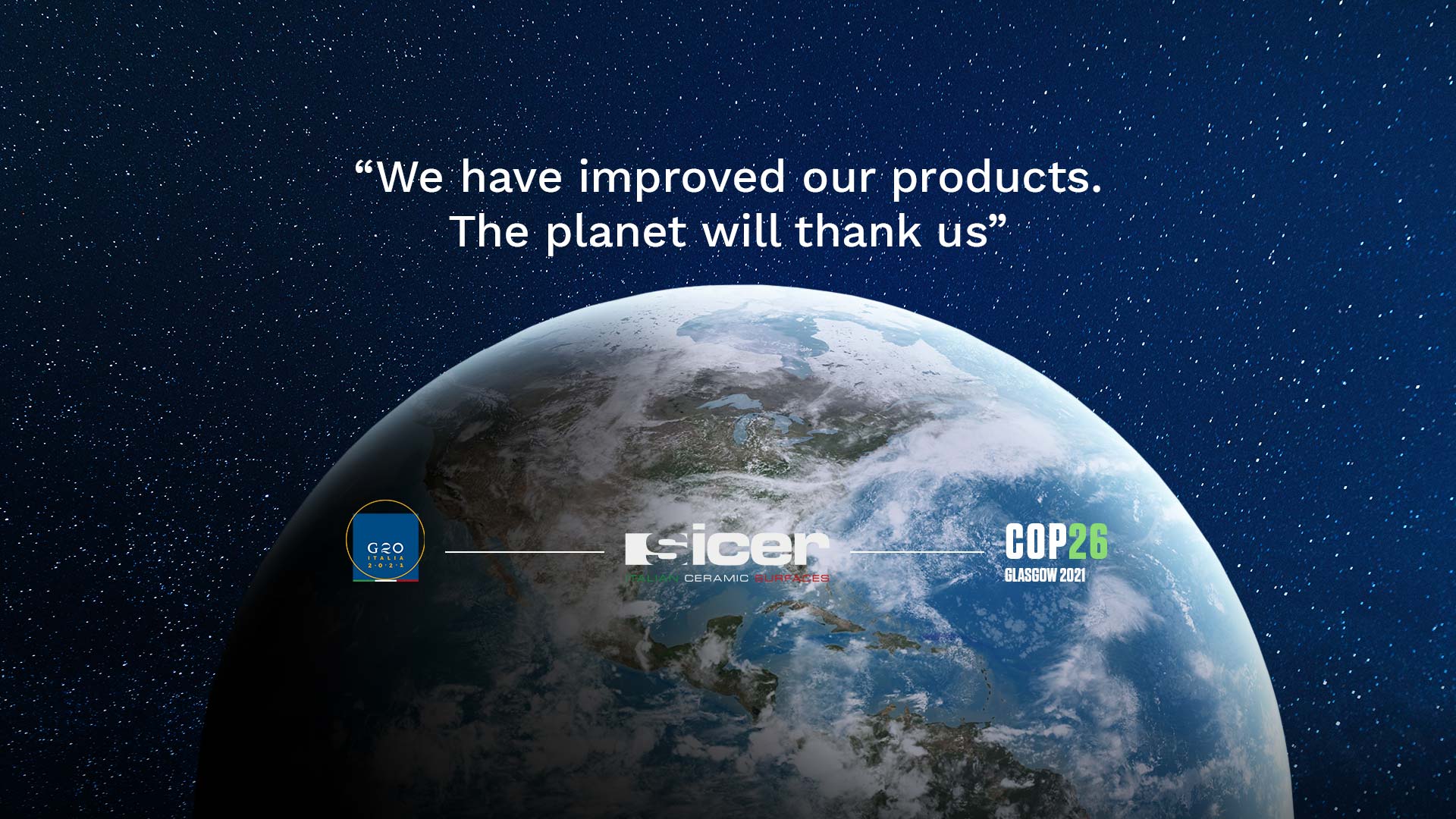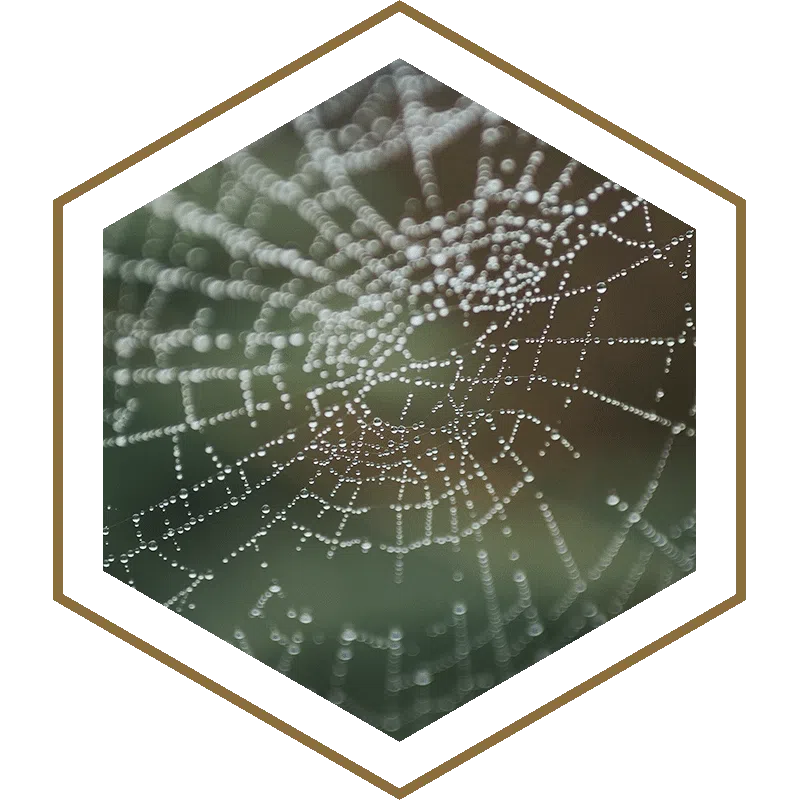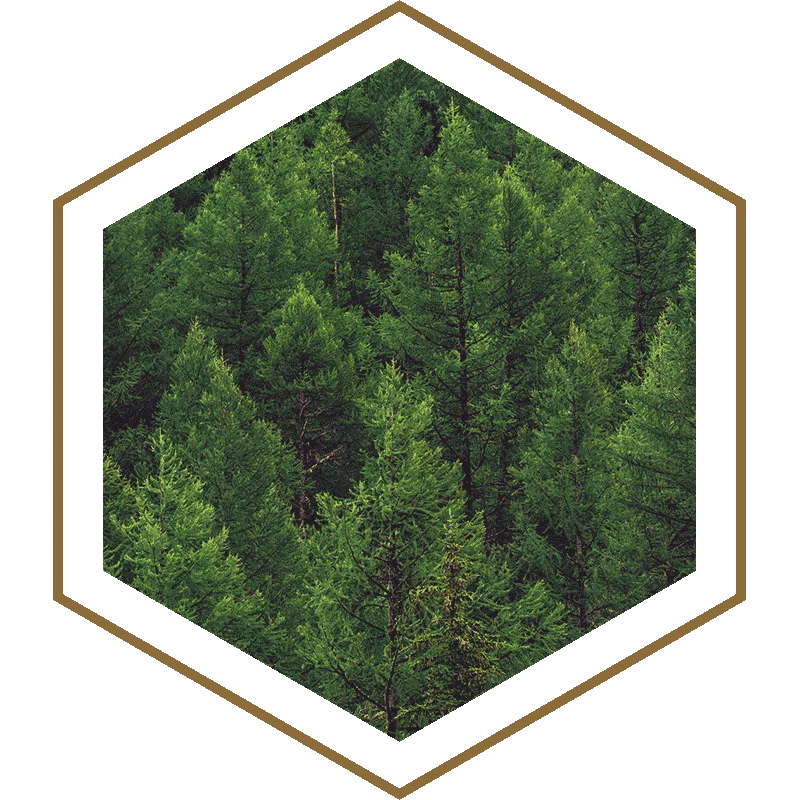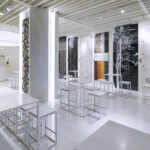G20 in Rome and COP26 in Glasgow: the international events at the end of 2021 in support of the environment
It is the most discussed topic of the moment: our planet has a fever. Climate change and environmental protection policies are among the crucial challenges that all of us will face in the coming decades. Proof of this are the 2 very important international events at the end of 2021. First with the G20, held in Rome from 30 to 31 October 2021, which had the environment among the main focuses: numerous dedicated sessions, which led to the signing of the commitment to contain global warming to within 1.5 degrees through immediate action. These include the reduction of global greenhouse gas emissions and the commitment to formulate long-term strategies that establish paths consistent with achieving a balance between anthropogenic emissions and CO2 sequestration by or around the middle of the century, taking into account different approaches including: the circular carbon economy, socio-economic, economic, technological and market developments and the promotion of the most efficient solutions.
The summit then ideally passed the baton to COP 26, the United Nations conference on climate change, chaired by the United Kingdom and hosted in Glasgow from 31 October to 12 November 2021, where over 190 world leaders, tens of thousands of negotiators, representatives of government, businesses and citizens have come together for two weeks of intense negotiations, aimed at adopting measures to contain and, if possible, reverse the process of global warming and the consequent climate change.
There were 4 main objectives of COP26, identified by the Presidency:
- Mitigation: eliminate net emissions by 2050 and limit the rise in temperatures to no more than 1.5 degrees, accelerating the elimination of coal, reducing deforestation and increasing the use of renewable energy.
- Adaptation: supporting the most vulnerable countries to mitigate the impacts of climate change, to safeguard communities and natural habitats.
- Climate finance: mobilizing finance for developing countries, reaching the goal of USD 100 billion per year.
- Finalization of the “Paris Rulebook”: making the 2015 Paris Climate Agreement operational.
Sustainability for companies
“Responsibility” is a term that is increasingly linked to the concept of business today. It is no longer associated only with ethics, as it can become a real lever for companies, so much so that it is incorporated into the long-term vision. So, how to trace a “responsible” direction for your company? To do this, it has now become essential to adopt what economists call the stakeholder theory, that is, to establish the satisfaction of the expectations of all stakeholders, from investors to employees to the territorial context in which it operates as the aim of the company.
From this perspective, investments aimed at reducing environmental impacts, of which those for corporate welfare, for communication activities and to foster dialogue with stakeholders, are examples of activities, which companies of any size and nature should consider as the backbone of the business, since satisfying all stakeholders is not only fair from an ethical point of view, but also useful for generating long-term value. A company that does not have motivated workers, is not at the forefront of reducing the energy consumption of its products, that is, a company that does not consider “shared value” (CSV – Creating Shared Value), is destined to suffer, first or then, a decline also in its own economic and financial performance.
Sustainability in all its facets will therefore be one of the key pillars of the new green economy, mirroring a production philosophy increasingly oriented towards clean investments and low environmental impact technologies able to minimize the waste of resources. And if we are all called to participate in an epochal cultural change that focuses on the conservation of natural habitats and the regeneration of the biosphere, there are those who have been doing it concretely for some time.
Sicer’s answer to the fight against climate change
Sicer is fully aware of the risks associated with climate change and pollution, as well as the impact that habits and behaviors have on the future of the next generations. For several years, in fact, attention to environmental issues has been one of its founding values. Nature is everyone’s heritage, to be protected and defended. To this end, in 2020 the Sicer Management decided to implement an environmental management system, compliant with the international standard UNI EN ISO 14001: 2015, an important result in terms of continuous improvement. The goal is to constantly analyze, manage, monitor and improve the environmental performance of the organization and activities. In this way it will be possible to gradually reduce the environmental impact and send a clear signal to other interested parties, in order to collaborate in the common goal of environmental protection and pollution prevention.
Attention to the environment proves to be one of Sicer‘s main objectives for this 2022. Let’s see in practice what are the products in support of the green philosophy developed by the laboratories of the manufacturer and supplier of raw materials for ceramic companies of Ubersetto.
The second patented generation .LOW EMISSION by Sicer
The patented second generation .LE represents the latest evolution of the research of Sicer’s Digital R&D aimed at obtaining products with very low environmental impact. Composed of inks, effects and digital glues, the second generation .LE is a set of lubricated, environmentally friendly and patented products, with an absent odor component and a significant reduction in harmful emissions compared to the best eco-inks on the market today.
Over the years, research on ceramic inks has led to the selection of solvents with high evaporation temperatures, achieving excellent performance with formulations based on esters of grased acids. Sicer’s LOW EMISSION project is aimed at reducing the environmental impact by using the latest generation ultra-refined solvents while maintaining the quality standard. .LE series was born from several studies carried out within the digital research laboratory. The analysis started from the comparison between solvent-based inks and water-based inks, in terms of COT emission, odorimetric units and the formation of aldehydes. Water-based inks, despite their low emissions, have several problems in machine management, therefore Sicer has decided to direct its “Low Emission” research on a solvent basis. By studying and analyzing different types of solvents and different mixtures, Sicer has succeeded in obtaining a solvent base with a very low impact, from which all the products of the .LE LOW EMISSION series are born.
The principle on which the low chimney impact guaranteed by .LE series is based consists in raising the thermal degradation temperatures of the new eco solvents and dispersants as much as possible, thus moving as far forward as possible, in the preheating part of the kiln, the decomposition of organic substances. In this way, the thermal degradation of the organic part of the inks leads to a more complete combustion or pyrolysis reaction, increasing the fraction of organic that is transformed into water and carbon dioxide and decreasing that which leads to the formation of VOCs and aldehydes, in others words the ceramic kiln works as an afterburner.
The second generation of the successful .LE “LOW EMISSION” series, solvent-based, compared to the best ester-based inks on the market today, guarantees significant results. All data have been collected by certification bodies that analyzed the emissions produced during the ceramic production cycle:
- -70% odoriferous units
- -60% formaldehyde
- -50% of aldehydes
- -50% of VOC
- -20% -25% of COT (total organic carbon)
The range of .LE Low emission inks is made up of “primary” colors from which it is possible to obtain all the types of inks required by the customer. In fact, starting from the .LE concentrated bases, it is possible to customize each color, creating the tone of ink usually used by the customer.
Within the .LE range there are digital materials that allow the ceramic companies to characterize and enrich the ceramic surface. By combining inks and digital materials it is possible to obtain very particular effects.
The entire range of products has been approved and certified by the best manufacturers of digital machines.
Sicer’s innovative water-based series: water-based digital glue
Sicer offers its customers a wide choice of digital glues, designed to meet all needs. The innovative low emission WATER BASED and LOW EMISSION series have been designed with the aim of minimizing harmful emissions into the atmosphere. The use of digital glue through modern dry application technologies, combined with special grits, guarantees important advantages, allowing the creation of different surfaces and effects, minimizing defects and surface porosity to the maximum.
The latest addition to Sicer is the water-based glue, containing flux, SCD3000H. This special digital glue, designed to meet the requests of customers who prefer water-based solvent-based products, guarantees an enormous reduction in chimney emissions and uncompromising performance.
Let’s see, in detail, the main advantages:
- The new SCD3000H glue further limits the organic load applied to the ceramic tile and burned in the kiln, minimizing emissions of COT, SOV, aldehydes and SOV odorous substances from ceramic fireplaces.
- Given the high weights of glue digitally deposited on the ceramic tiles (60-80 g / m2), the use of SCD3000H allows the ceramic companies to produce on different lines in the same factory without exceeding the limit values of COT and aldehydes in the chimney, even without the need for interventions at the plant level (post combustors).
- SCD3000H contains a flux which increases the adhesive power, improves the spreading of the grit, and helps waterproof the substrate before applying the glass.
- SCD3000H has much longer drying times than solvent-based glues, since it exploits the incompatibility with the underlying digital graphics (solvent-based) allowing the adhesion of very large quantities of grit even when the timing between the application of glue and the deposition of the grit lengthen.
Sicer offers its customers 2 different patented LOW EMISSION-based digital glues:
- SCD1990LE (with flux)
- SCD1995LE (without flux)
The .LE base, compared to all the best low-emission products on the market today, has eliminated odor emissions and reduced formaldehyde emissions by over 50%. This offer has been designed for the markets and customers most sensitive to the issue of environmental protection, primarily for the Italian market.
The digital glue SCD1990LE:
- It helps to fuse the grit.
- It helps grit by improving its spreading and avoiding “release” during the firing phase.
- It is equipped with medium-long drying times that allow the adhesion of larger quantities of grit.
- It allows to minimize the organic load applied to the surface and burned in the kiln, further minimizing the emission of odorous compounds and VOCs.
The digital glue SCD1995LE:
- It does not affect the type of surface and the effects created by the grit after firing.
- It is suitable for use in printing highly detailed graphics.
- It is equipped with medium-long drying times and good definition compared to the few similar competing glues, guaranteeing excellent performance.
- It is also applicable on vitrified support (keeping the definition).
To talk about sustainability, we must first of all apply it and that is what Sicer is doing. Sustainability is a choice, let’s do it together!









